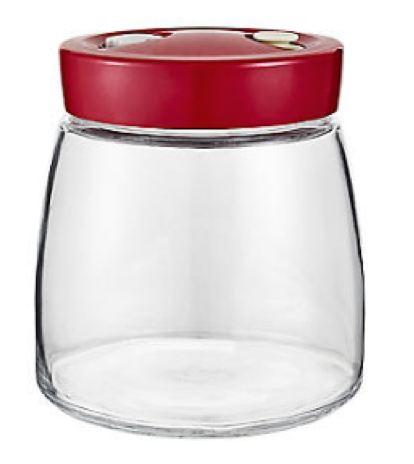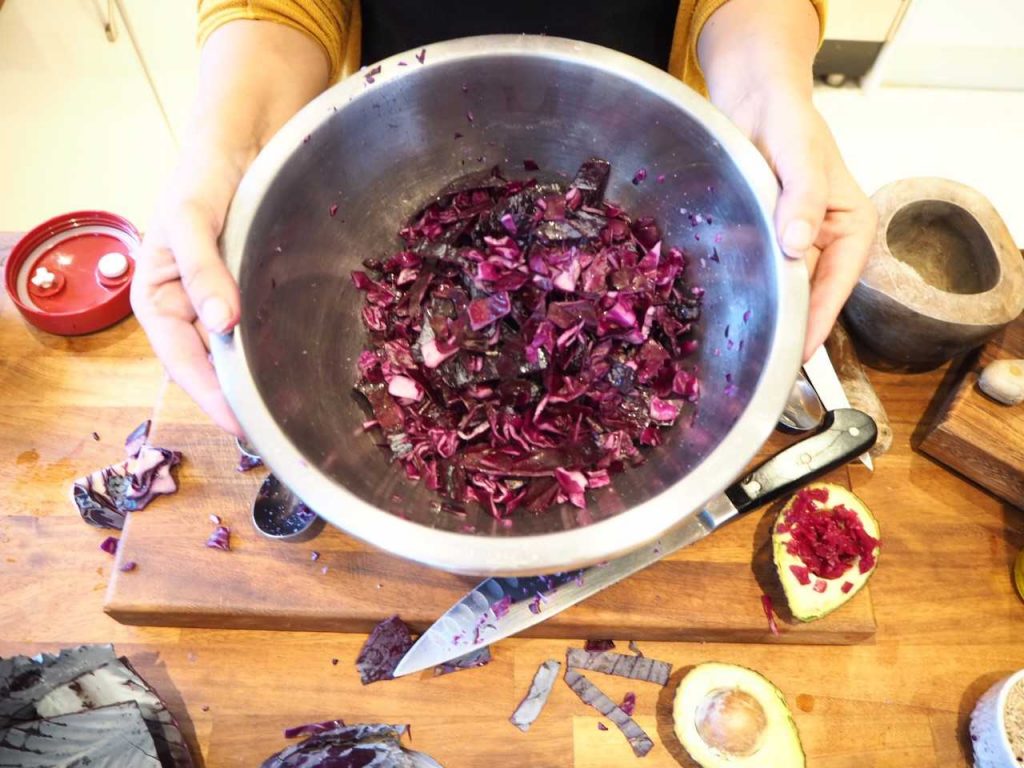 I’m always trying to find ways to get in more fermented foods and feed my good gut bugs. So in this blog, I wanted to share with you how good it can be to eat fermented foods every day, and how you can make your own!
I’m always trying to find ways to get in more fermented foods and feed my good gut bugs. So in this blog, I wanted to share with you how good it can be to eat fermented foods every day, and how you can make your own!
More and more research is being done on the health of our gut microbiome – all those trillions of bacteria, yeast and other organisms that reside in our digestive system. We’re finding links with healthy gut bugs and so many health benefits, and so I’m always trying to find ways every day to help feed mine and my family’s gut organisms.
How to feed Good Bacteria
There is so much research about how our microflora links to our health: immune system, auto immunity, how we process sugars and fats, how we gain or retain weight, our brain health. So we really need to focus on giving our gut bugs some love on a daily basis.
Our ancestors used to eat a lot of fermented foods, it was an ideal way of preserving foods for the winter months when there really was a lack of freshness. We seem to have lost this tradition as fresh foods are so much more readily available, but you can still get lots of fermented foods in supermarkets and health food stores. These include:
- Kefir (very fermented yoghurt) – choose the plain version, not flavoured
- Kombucha (fermented green tea – watch out for high sugar content)
- Sauerkraut – fermented cabbage
- Kimchi – spicy fermented cabbage and other veggies
Today I’m going to focus on sauerkraut and give you a recipe so you can learn to make your own! If you don’t feel like making it yourself, you can also buy it – just check the ingredients to make sure it doesn’t have added sugar or vinegar. It should just be cabbage, water, salt and some herbs or spices.
Sauerkraut
“Ewww” I hear so many people say when I praise this foodstuff, but it actually tastes great. I love it and genuinely eat it most days; just a teaspoon with every meal is so good for you and is the perfect way to introduce a fermented food slowly into your diet. I do recommend introducing slowly as too much too soon can cause gas and bloating – it’s about getting that healthy balance right.
My simple sauerkraut recipe:
Traditionally you’ll find most people make sauerkraut with white cabbage but I also like to use red. The colour is so vibrant and appealing and I just think food should look this way.
My favourite ways of eating sauerkraut include:
- On top of a half sliced avocado with a splash of olive oil and a colourful spoonful of sauerkraut on top.
- On salad – I love it with mackerel, apple and lots of lovely leaves
- As a seasoning on sausages or other meats. (Just don’t cook it – as you’ll lose the beneficial bacteria).
Kit you need: You’ll need a sterile jar, you can buy specific fermenting jars like the one below which I got from Lakeland. You can get them from many stores or online on Amazon. A pickling pebble is also useful to weigh down the cabbage under the water so it doesn’t go brown.

Ingredients: 1kg cabbage (red or white) and 25 grams of salt (I like Himalayan pink salt). You can also add juniper berries or caraway seeds for a kick of flavour, but I like mine simple.
STEP 1: cut the thick bit out of the middle and finely chop the cabbage – as fine as possible this is really important, and just a side note to not worry about the salty content, remember this is to make a large quantity so you won’t be eating it all in one go!
STEP 2: Once the cabbage is chopped, you simply mix with the salt until the cabbage goes a little bit wet, which means the salt is doing its job and releasing the natural juices in the cabbage.

STEP 3: Get your jar of choice and start to fill with the cabbage and salt mixture. Make sure you keep pushing down as much as you can to really start that ‘cooking’ process where the cabbage changes from crunchy to soft.
STEP 4: Add in something heavy on top once you have filled the jar, e.g. a small bowl with rice in or a pickling pebble. The aim is to keep the cabbage under the brine.
STEP 4: Give it a quick check after 24 hours to ensure the cabbage is covered by the brine. If needed you can make up a little salt water and top up.
STEP 5: Leave 7-8 days and you should have a wonderful jar of sauerkraut with that tell-tale fermented ‘smell’. Once fermented enough, put it in the fridge.
This will keep really well in the fridge for up to a month – a simple and cost effective way to keep your tummy bugs happy and flourishing! Ive published a lot over on my social media about fermented foods of late so follow along and join in the conversation!